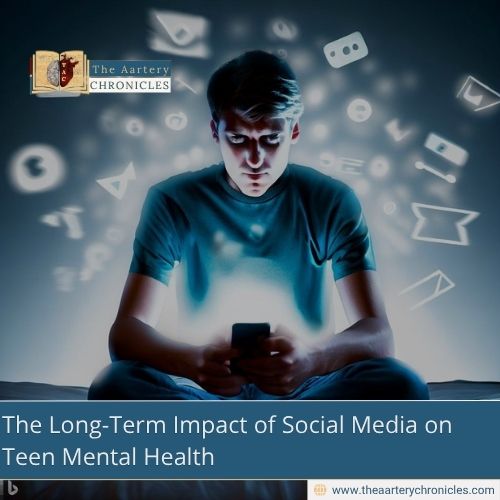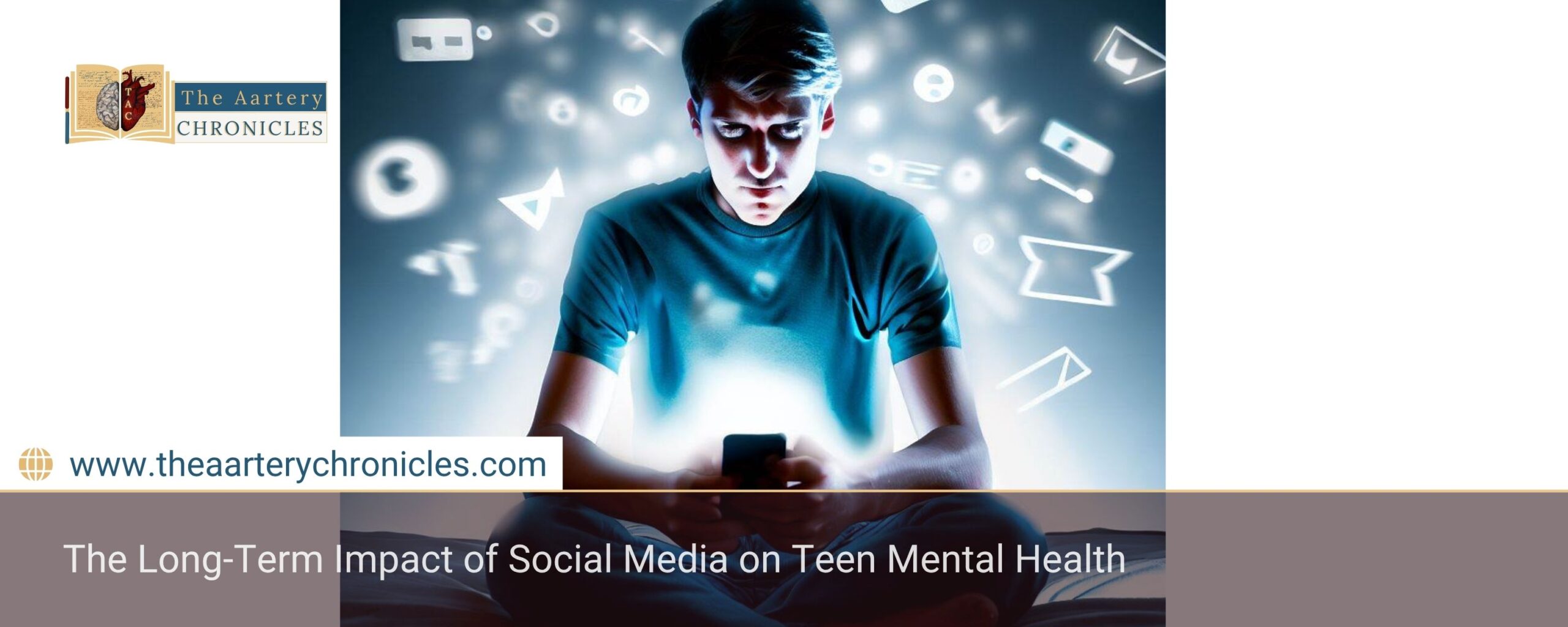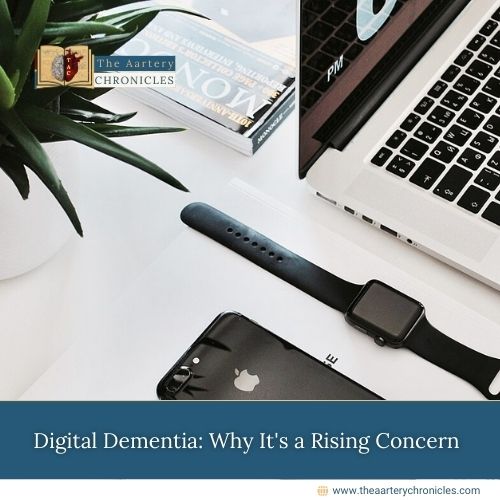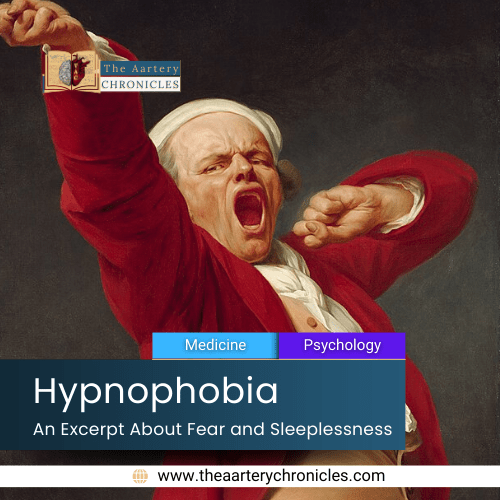

The Long-Term Impact of Social Media on Teen Mental Health
Introduction
In a time where smartphones and digital connectivity are ever-present, social media has become deeply embedded in the lives of teenagers. Platforms like Instagram, TikTok, Snapchat, and X (formerly Twitter) offer ways to connect, create, and express—but they also carry hidden risks. As teens spend increasing amounts of time online, concerns about the long-term effects on their mental health are growing louder. This article explores the psychological, emotional, and developmental impacts of social media on adolescents, and what can be done to protect their well-being.
The Allure and the Addiction
For many teens, social media is more than just entertainment—it’s a lifeline to friends, trends, and identity formation. However, research has shown that excessive use can lead to addiction-like behaviors. Constant notifications, algorithmic content suggestions, and the fear of missing out (FOMO) create a cycle of compulsive checking that disrupts sleep, concentration, and real-life relationships.
A 2023 Pew Research study found that 59% of teens feel pressure to look good on social media, and 32% say it makes them feel worse about their own lives. These emotional responses, compounded over years, can shape how teens view themselves and the world.
Depression, Anxiety, and Low Self-Esteem
A growing body of research indicates a strong association between frequent social media use and heightened symptoms of depression and anxiety among adolescents. While the exact cause is multifaceted, several contributing factors have been identified.
The Role of Peer Interactions
Adolescents’ experiences with peers significantly impact the development and persistence of mental health challenges during this crucial stage. Peer interactions on social media tend to be more frequent, intense, and rapid than in-person encounters. Research highlights certain online peer behaviors, such as cyberbullying or cyber victimization, which are linked to higher rates of self-harm, suicidal thoughts, and emotional and behavioral problems.
Emotional Disconnection
Unlike past generations who spent more time in face-to-face interactions, today’s teens often turn to social media as their primary means of socializing. However, these digital interactions frequently lack the emotional depth and fulfillment of in-person connections. This can leave teens feeling lonely or left out, especially when viewing posts of others engaging in social events, they were not part of.
Exposure to Harmful Content
Exposure to Harmful Content: Adolescents can easily come across online content related to self-harm, suicide, and risky behaviors such as substance use, which may increase their vulnerability and likelihood of engaging in these harmful activities. One study found that nearly 15% of young people admitted to mental health facilities for posing a danger to themselves or others had visited suicide-related websites within the two weeks before their admission.
Neglect of Healthy Habits
Time spent scrolling online often displaces healthier behaviors such as outdoor activities, exercise, or hobbies. These activities are not only physically beneficial but are also proven to reduce symptoms of depression by boosting endorphins, enhancing self-worth, and providing a sense of accomplishment.
Sleep Disruption
Poor sleep is a well-known risk factor for both depression and anxiety. Social media can disrupt sleep in several ways: it often increases stress levels before bed, keeps users awake longer than intended, and exposes them to blue light that interferes with the body’s natural sleep rhythm. Together, these habits contribute to chronic sleep deprivation, which can intensify mood disorders.

Social Pressure and Self-Comparison
Platforms emphasizing appearance and popularity—such as Instagram—can amplify body image concerns and feelings of inadequacy, especially among teen girls. The pressure to maintain a perfect online persona adds emotional stress and often leads to unhealthy comparisons with peers.
Validation Dependency
The ongoing cycle of likes, comments, and followers can cause individuals to measure their self-esteem based on online feedback, turning social media into a metric for personal value. When teens receive minimal engagement, they may interpret it as social rejection, which over time can erode their self-esteem and confidence.
The Neuroscience of a Developing Brain
Teen brains are still maturing, especially in regions responsible for decision-making, impulse control, and emotional regulation. Social media taps into the brain’s reward circuitry by using likes, shares, and notifications to trigger dopamine releases, encouraging users to repeat the behavior.
Neurologically, the increasing prevalence of rapid, high-stimulation digital experiences—such as social media, short-form videos, and constant notifications—can condition the brain to favor immediacy and novelty. This pattern activates the brain’s reward circuitry, particularly the dopaminergic system, reinforcing behaviors that offer instant gratification.
Moreover, the constant pursuit of quick rewards can deprioritize the development of deeper cognitive and emotional capacities. Skills such as empathy, resilience, and introspection typically require slower, more effortful forms of mental engagement. For example:
- Empathy involves pausing to understand another’s perspective, which is harder to cultivate in fast-paced digital environments where interactions are brief and often superficial.
- Resilience often grows through the process of facing and working through adversity without immediate resolution. Digital spaces that allow for instant avoidance (e.g., distraction through scrolling or gaming) can limit opportunities to build this capacity.
- Introspection, or the ability to look inward and reflect on one’s thoughts and emotions, requires quiet, uninterrupted time—something increasingly rare in environments designed to capture and fragment our attention.
The brain’s plasticity means that it adapts to the environments it is exposed to. Thus, when our digital environments favor speed over depth, reaction over reflection, and consumption over contemplation, the neural circuits supporting deeper emotional and cognitive functions may be underdeveloped or even atrophied from disuse.
Unequal Impacts: Vulnerable Teens at Higher Risk
Not all teens are affected equally. Those with existing mental health issues, trauma backgrounds, or low social support are often more vulnerable to the harmful effects of social media. Additionally, marginalized groups may experience online harassment or exclusion, amplifying feelings of alienation and distress.
Guiding Kids and Teens Toward Responsible Social Media Habits
Parents have a vital responsibility in supporting kids and teens to cultivate a healthy, thoughtful relationship with social media. By having open conversations about its potential downsides, they can help young people become more aware of its effects and learn how to navigate it more safely. Alongside healthcare providers and educators, parents can encourage the following strategies:
- Schedule regular screen-free breaks throughout the day.
- Disable non-essential notifications to reduce distractions.
- Create designated times and spaces where phones are not allowed, such as during meals or before bed.
- Talk about setting respectful boundaries and expectations for online behavior.
Equally important to setting boundaries is modeling positive behavior yourself. When parents demonstrate healthy digital habits themselves, children are more likely to adopt similar behaviors. By maintaining a balanced relationship with social media within the home, families can work together to build healthier digital routines.
Conclusion
Social media is a powerful tool that shapes how teens see themselves and interact with the world. While it offers community and creativity, the long-term mental health consequences cannot be ignored. A proactive, informed, and compassionate approach—by parents, educators, policymakers, and tech companies—is critical to safeguard the mental wellness of the next generation.
- Dr Anjali Singh
- Mental Health | Psychology
- 8 August 2025
- 11:00
Reviewed by Dr Aarti Nehra (MBBS, MMST)








